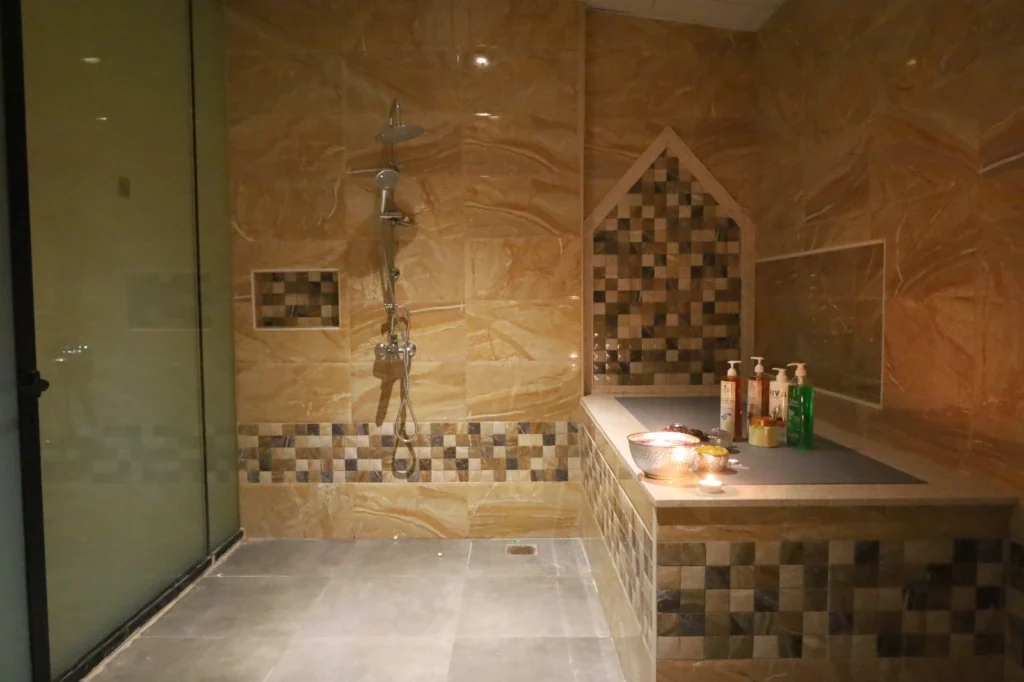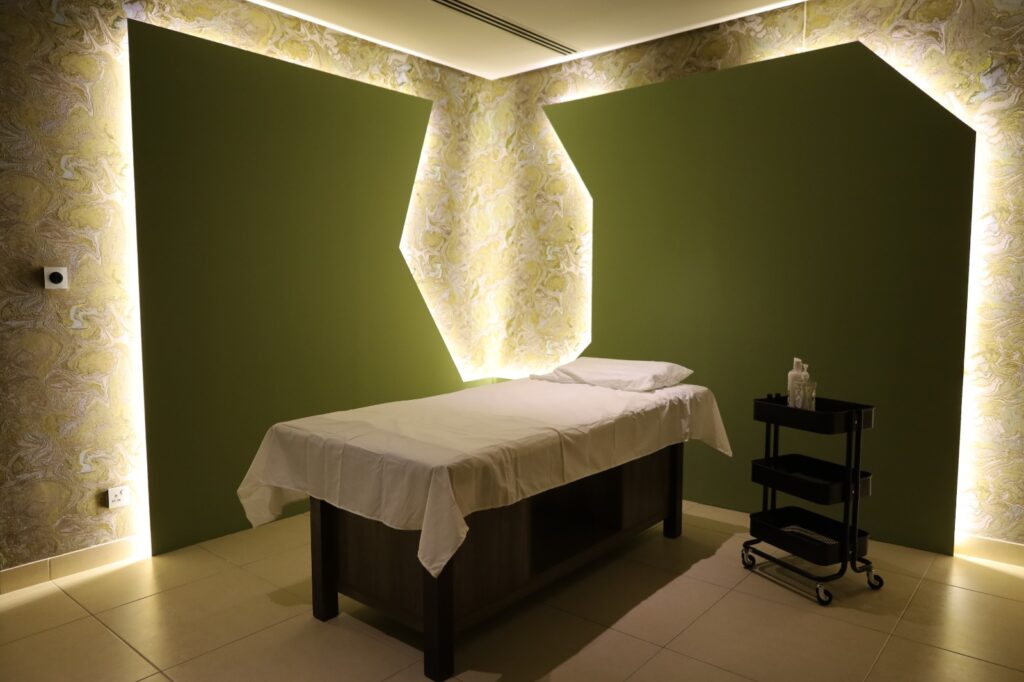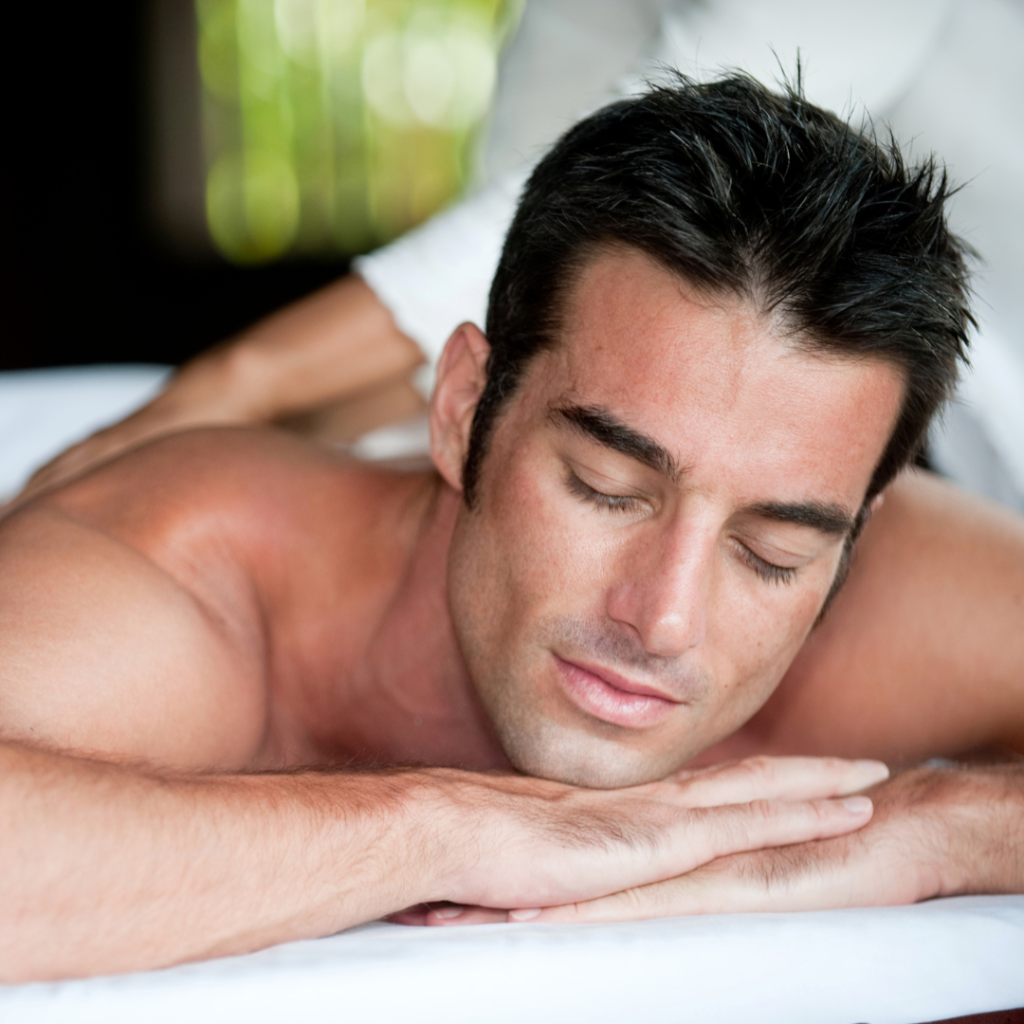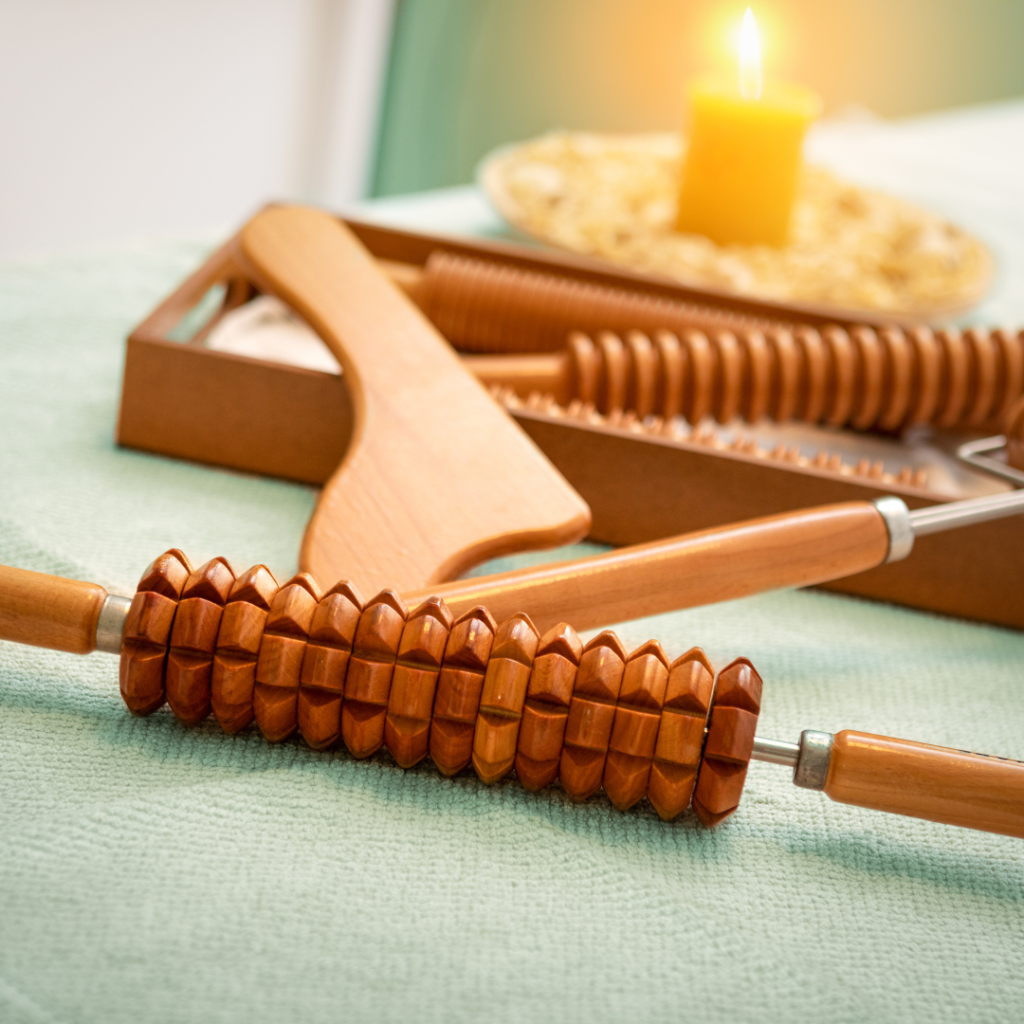Table of Contents
Does Getting a Massage Burn Calories? The Surprising Answer
In the realm of wellness and body care, massages have always been synonymous with relaxation, rejuvenation, and recovery. However, a trending question that has garnered significant interest in recent years is: “Does getting a massage burn calories?” While most of us perceive massage sessions as a passive endeavor, the truth about its impact on calorie burn might surprise you.
Unpacking Caloric Expenditure: The Science Behind Energy Use
When we talk about health, fitness, or even weight loss, the term “caloric expenditure” frequently pops up. But what exactly does it mean? To fully comprehend its significance, especially in the context of activities like massages, we
The Energy Ecosystem of Our Body
Every cell in our body requires energy to function, from the neurons in our brain firing as we think to the muscles contracting as we move. This energy is derived from the food we eat, which, when broken down, provides calories – units of energy.
Caloric Expenditure: An Everyday Affair
The concept of burning calories isn’t confined to sweat-inducing, heart-pumping exercises in the gym. Even mundane tasks like breathing, digesting food, and maintaining body temperature use energy. Yes, even when you’re binge-watching your favorite show or engrossed in a book, your body is burning calories – albeit at a different rate than when you’re, say, sprinting.
Active vs. Passive Calorie Burn
There’s a clear distinction between active and passive caloric expenditure. Activities like running, jumping, or weightlifting actively demand energy, leading to a higher rate of calorie burn. In contrast, passive activities, such as sleeping or sitting, consume energy primarily for bodily functions and maintenance. It’s this passive energy expenditure that often flies under the radar, making the massage calorie-burning question all the more intriguing.
The Relevance in the Realm of Massage
Given this understanding, it becomes evident that no activity, no matter how passive it seems, is exempt from burning calories. While a massage may appear to be a leisurely indulgence, beneath the surface, numerous physiological processes are at play, each with its own energy demands. This brings a new dimension to how we perceive and appreciate the health implications of massages.
In sum, caloric expenditure is a continuous, intricate dance of energy utilization, adapting to our every action and inaction. Recognizing this broad spectrum of energy consumption offers a more comprehensive lens through which we can explore the nuanced benefits of practices like massage.
Beyond Surface-Level Benefits: The Multifaceted Effects of Massage
Massage therapy, a practice steeped in ancient traditions, offers more than meets the eye. While most associate it with relaxation, modern research hints at deeper physiological benefits. The question “Does getting a massage burn calories?” can shed light on these intricate processes happening under the skin.
Vascular Responses: More Than Just Relaxation
Ever wondered, “Does getting a massage burn calories through vascular activity?” As the therapist’s hands knead the stress away, increased blood circulation ensures efficient nutrient delivery. This enhancement in blood flow causes the heart to pump harder, mirroring metabolic responses seen during light exercises.
The Power of Endorphins: Chemicals with Caloric Consequences
“Does getting a massage burn calories through chemical reactions?” The release of endorphins post-massage offers a hint. Beyond their mood-elevating properties, the synthesis and release of these natural painkillers demand energy. As you drift into massage-induced tranquillity, your brain stays active, contributing to calorie burn.
Thermal Dynamics: A Caloric Dance
Another dimension to the query, “Does getting a massage burn calories?”, is the body’s thermal response. With each stroke and applied pressure, the skin warms up. To counter this, the body kicks in its cooling mechanisms: sweating, dilating blood vessels, and adjusting blood flow. All these energy-intensive responses further calorie expenditure.
Delving Deeper into the Caloric Equation of Massages
First and foremost, it’s important to address a common misconception: massages aren’t a primary calorie-burning activity. Yes, there’s caloric expenditure, but how does it compare to other daily activities?
Factors Influencing Caloric Burn during Massages:
- Type of Massage: Deep tissue massages, which require more pressure and intensity, might lead to a slightly higher calorie burn compared to a gentle Swedish massage.
- Duration: A longer session logically leads to more calories burned, but even an extended massage won’t match the burn rate of a cardiovascular workout.
- Individual Metabolism: Every individual’s basal metabolic rate (BMR) is different. Those with a higher BMR might experience a slightly increased calorie burn compared to others.
Considering these factors, an average hour-long massage session may account for a burn of about 60 to 100 calories. To put things into perspective, a brisk 15-minute walk or cleaning the house for 30 minutes can exceed this caloric expenditure.
Beyond the Numbers: The True Value of Massages: However, quantifying the benefits of a massage based on calorie burn might be missing the bigger picture. Massages are therapeutic, offering stress relief, muscle relaxation, and a sense of well-being. They’re not a weight loss remedy, but a ticket to mental tranquillity and physical relaxation.
So, while it’s interesting to consider the caloric aspect, it’s crucial to remember that the primary purpose of massages extends far beyond the realm of calories. They are, in essence, a rejuvenating journey for both the body and the mind.
The Massage Experience: More Than Just Surface Deep
When one lays down on a massage table, they’re embarking on a journey that extends beyond mere tactile sensations. The rhythmic kneading of muscles, the gentle pressure on stress points, and the aroma of essential oils are just the surface of a deeper, intricate dance of physiological processes that unfold.
Mental Serenity Meets Physical Revival: Every press, every stroke targets not just physical knots but also the intangible stresses we carry. The immediate relief felt post-massage is not just due to loosened muscles but also a mind that’s been given a respite—a pause from the incessant hustle of daily life.
The Wonders of Holistic Healing: While modern science has only just begun to quantify the benefits of massages, ancient cultures revered them for holistic wellness. Beyond the physical realm, massages have been traditionally associated with balancing energies, harmonizing the spirit, and even facilitating emotional release.
The Caloric Bonus: Indeed, the body does expend energy during a massage, leading to calorie burn. But, rather than focusing on this minor caloric expenditure, the spotlight should remain on the broader, myriad benefits a massage offers. It’s like savoring a gourmet dish; while it might have nutritional value, its true essence lies in the artistry of its creation and the sensory delight it offers.
Celebrating the Body’s Resilience: The fact that the body continues to work, burning calories even in moments of relaxation, is a testament to its incredible resilience and design. Every heartbeat, every breath, every cellular function requires energy. So, while enjoying the tranquility a massage offers, one can also marvel at the body’s ceaseless dedication to keeping us alive and thriving.
In Summation:
Massages are a bridge between the world of relaxation and active rejuvenation. While calorie burn might be a part of the process, the true treasure lies in the holistic wellness and unparalleled tranquility they offer—a sanctuary for body, mind, and spirit.
Does getting a massage burn calories?
Yes, getting a massage does burn calories, albeit at a lower rate compared to more active exercises.
How does the body burn calories during a massage?
The body burns calories during a massage through various physiological processes such as increased blood circulation, the release of endorphins, and thermal dynamics.
Can the type of massage affect calorie burn?
Yes, the type of massage can influence calorie burn. Deep tissue massages may lead to slightly higher calorie expenditure compared to gentler massages like Swedish massage.
How many calories can one expect to burn during a massage?
On average, an hour-long massage session may burn approximately 60 to 100 calories, depending on factors such as duration, intensity, and individual metabolism.
Are massages primarily for calorie burning?
No, massages are primarily therapeutic and offer benefits such as stress relief, muscle relaxation, and overall well-being. Calorie burn is a secondary aspect of the massage experience.
Read More: Can Deep Tissue Massage Help With Weight Loss? How Can Swedish Massage Positively Impact Your Health Can You Get a Massage After Botox













